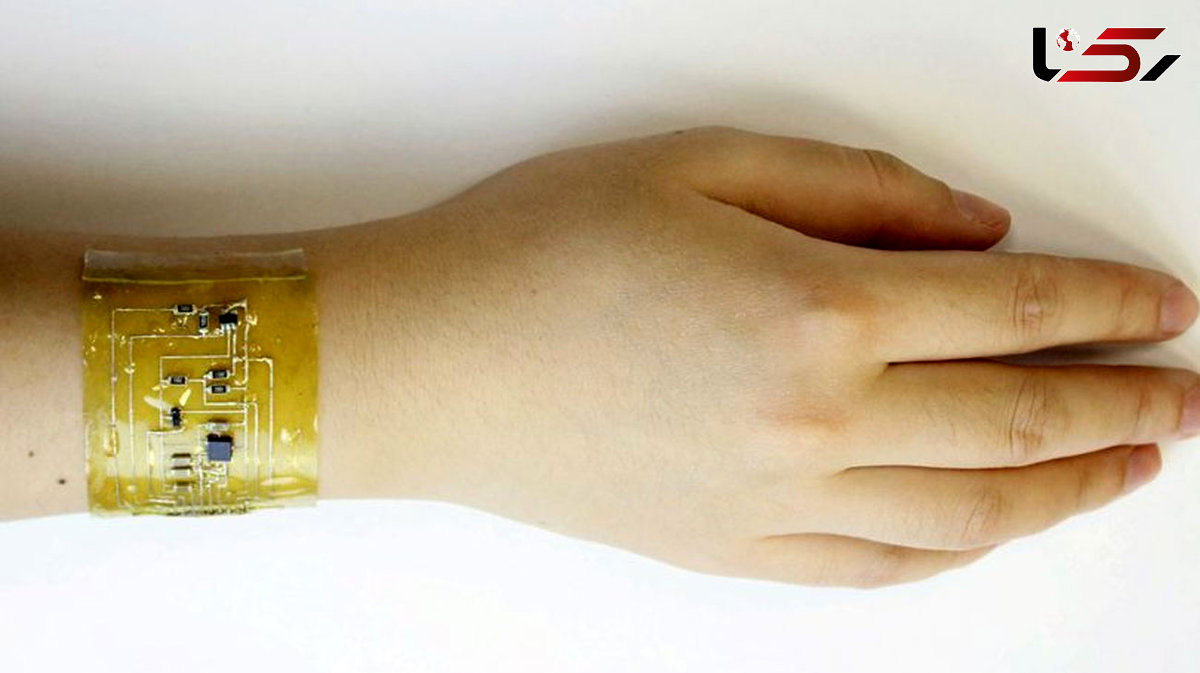Scientists develop Terminator-inspired smart skin that can heal itself in less than a second
Rokna:The electronic skin, or e-skin, is just as strong, stretchy and sensitive as human skin and could be used to monitor a person's health or the structural condition of an airplane, say scientists

The electronic skin, or e-skin, is just as strong, stretchy and sensitive as human skin and could be used to monitor a person's health or the structural condition of an airplane, say scientists.
While it is not the first time scientists have tried to 'electronically' replicate human skin, previous attempts have fallen short.
This e-skin prototype can sense objects from up to eight inches away, react to things in under one tenth of a second and repair itself more than 5,000 times, according to the researchers.
Study author Dr Yichen Cai, of King Abdullah University of Science and Technology in Saudi Arabia, said: "The ideal e-skin will mimic the many natural functions of human skin, such as sensing temperature and touch, accurately and in real time.
"However, making suitably flexible electronics that can perform such delicate tasks while also enduring the bumps and scrapes of everyday life is challenging, and each material involved must be carefully engineered."

The electronic skin, or e-skin, is just as strong, stretchy and sensitive as human skin
Previous attempts to copy human skin combined a sensor layer, made from an active nano-material, with a stretchy layer that attaches to our skin.
But the connection between these two layers is often too weak or too strong, reducing its durability, sensitivity or flexibility, which makes it more likely to break.
Dr Cai said: "The landscape of skin electronics keeps shifting at a spectacular pace.
"The emergence of 2D sensors has accelerated efforts to integrate these atomically thin, mechanically strong materials into functional, durable artificial skins."
To address this issue, the researchers used a hydrogel reinforced with silica nanoparticles to create their 'stretchy surface'.

The skin is similar to the futuristic technology from the Terminator
They then combined it with a 2D titanium carbide MXene sensor using highly conductive nano wires.
Co-author Dr Jie Shen said: "Hydrogels are more than 70 per cent water, making them very compatible with human skin tissues.
"By prestretching the hydrogel in all directions, applying a layer of nanowires, and then carefully controlling its release, we created conductive pathways to the sensor layer that remained intact even when the material was stretched to 28 times its original size."
Their prototype e-skin can sense objects from 20 centimetres away and respond to stimuli in under one tenth of a second, the researchers say.
At the same time, it is highly sensitive, to the point where it can distinguish handwriting written on its surface and withstand 5,000 deformations, recovering in about a quarter of a second.
Dr Shen said: "It is a striking achievement for an e-skin to maintain toughness after repeated use, which mimics the elasticity and rapid recovery of human skin."
Their new invention could help make prosthetics which monitor a range of biological information, including changes in blood pressure by detecting vibrations in their arteries.
The information could then be shared and stored on the cloud via Wi-Fi.
Co-author Vincent Tung said: "One remaining obstacle to the widespread use of e-skins lies in scaling up of high-resolution sensor.
"However, laser-assisted additive manufacturing offers new promise.
While the first port of call is medical, the e-skin could benefit a wide range of products.
Dr Cai added: "We envisage a future for this technology beyond biology.
"Stretchable sensor tape could one day monitor the structural health of inanimate objects, such as furniture and aircraft."
Mirror

Send Comments